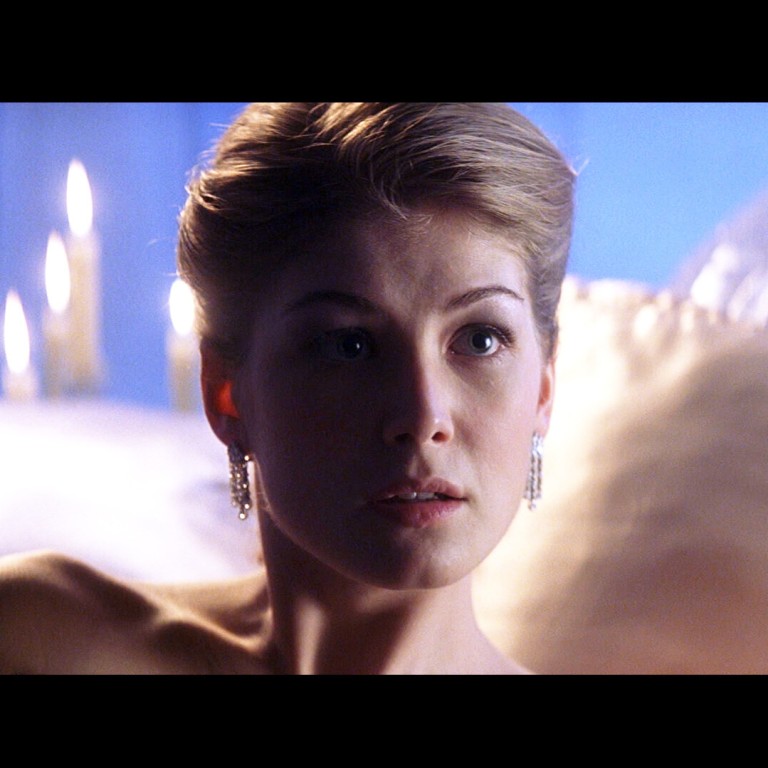
Is Elon Musk’s Tesla-bot a surrogate Rosamund Pike?
- Musk claims his ‘useful’ humanoid robot is built for ‘boring’ jobs, but his deeper vision may be something more akin to the 2009 movie ‘Surrogates’
- Telepresence is a relatively new business, now freely accessible though platforms such as Zoom. If Tesla gives it legs, we could all have our own Avatar
That Hollywood is credited with predicting the future is something we increasingly take for granted. And it’s true, the props we see on the screen often do turn up in real life. That is only reasonable, since futuristic film and television is the product of the same creative imaginations that propel the invention of new consumer goods.
Here are my five favourite examples from my outdated DVD collection of movies and television shows – have a guess at the titles, answers below. Doors that open automatically when you walk towards them, lifts you speak instructions to that can answer back, and flip-up communicators – that is an easy one from 1966. The compact disc first appeared in a 1971 dystopian vision about an ultra-violent classical music lover and his droogs; the same director’s 1968 masterpiece showed us heads-up displays and personal in-flight entertainment.
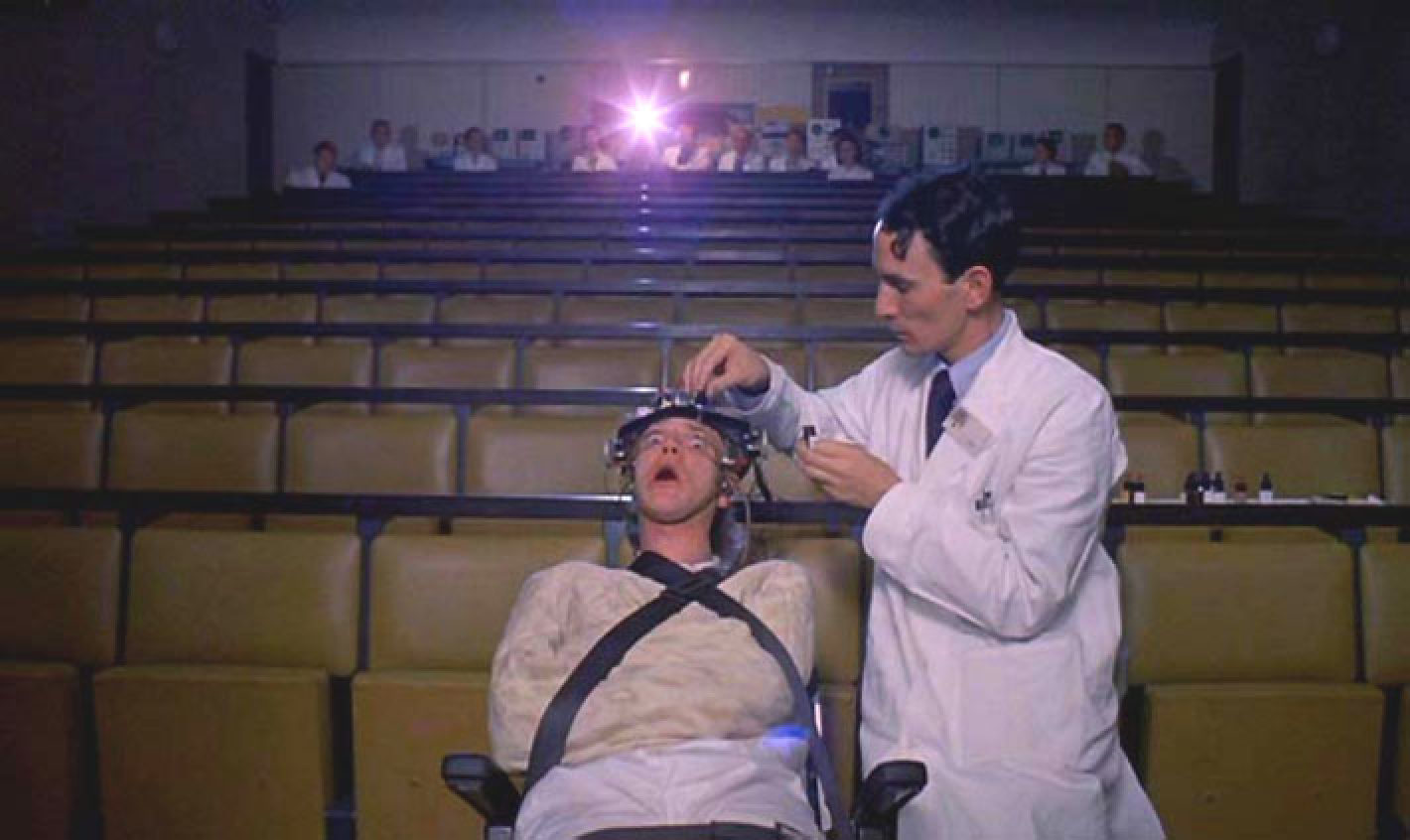
While movies are littered with predictions of consumer androids and robots, the one that lingered in my memory was Surrogates from 2009. It starred a youthful, CGI-enhanced Bruce Willis and a genuinely youthful Rosamund Pike, both of whom lived their characters’ lives through robotic avatars.
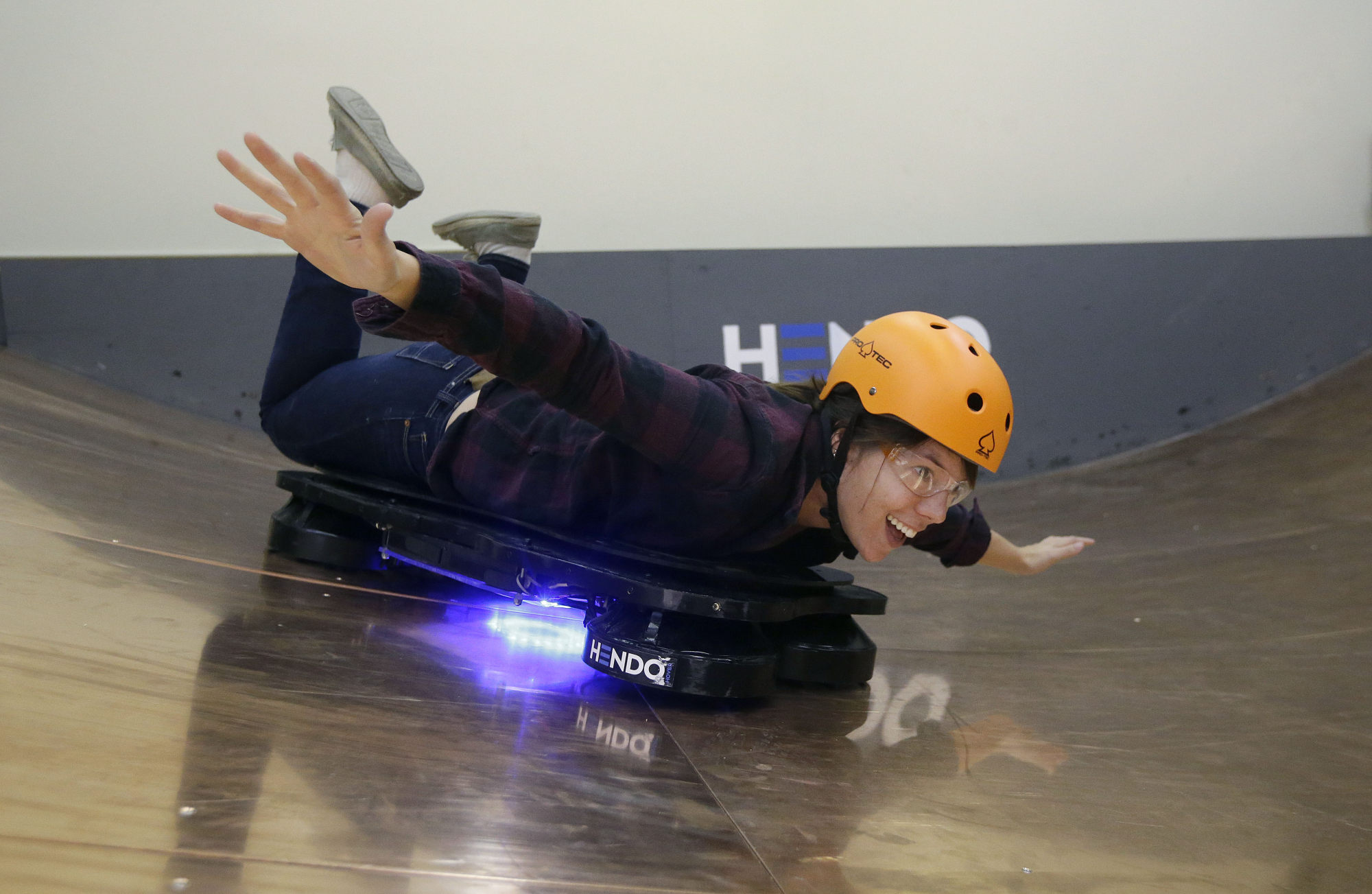
I instructed the robot using an iPad which wirelessly told it I wanted a dark roast foamy cappuccino with chocolate sprinkled on top. It whirred away with its arms and selected the right coffee pellet, moved the cup right in, pressed the button and finished off shaking a bit of cocoa on top.
Hongkongers keep the faith, but for how much longer?
Silly idea, really. All you would do in real life is install a coffee machine like the ones you see in WeWork that make fancy coffee. Or if you wanted something a bit more complex, perhaps a sugar-free venti caramel macchiato extra-shot, extra hot, extra whip, then, like, employ a real person.
Musk said that these devices would be built to do “boring jobs”, but owning a car factory he would know that those would be best done by machines fixed to the floor with carefully controlled arms or on a robot wheely. He also told us that where the head’s at, there would be a place to display “useful information”, though what that could be he didn’t say. Battery bars perhaps? How about a face? And to get around, it would use the same self-driving technology that Tesla cars employ when they are allowed to by regulators – that bit made some sense.

Weighing in at 56kg and about 173cm high, the machines could be “overpowered” by a human. It may sound a little strange that Musk would emphasise that, but if you have watched product demonstration videos from Boston Dynamics and, like me, are a fan of the Terminator movies, they send shivers up your spine. If you’re going to sell this kind of product to the everyman, you need something that’s attractive and not the least bit scary. Musk’s presentation made me think of Rosamund Pike and I got that 2009 DVD out.
Could Surrogates have predicted something? It is worth considering how avatars may fit into the world for people with severe motor disabilities who are often denied a normal physical presence outside their homes. To do this, fancy a posh coffee served by avatars in Tokyo?
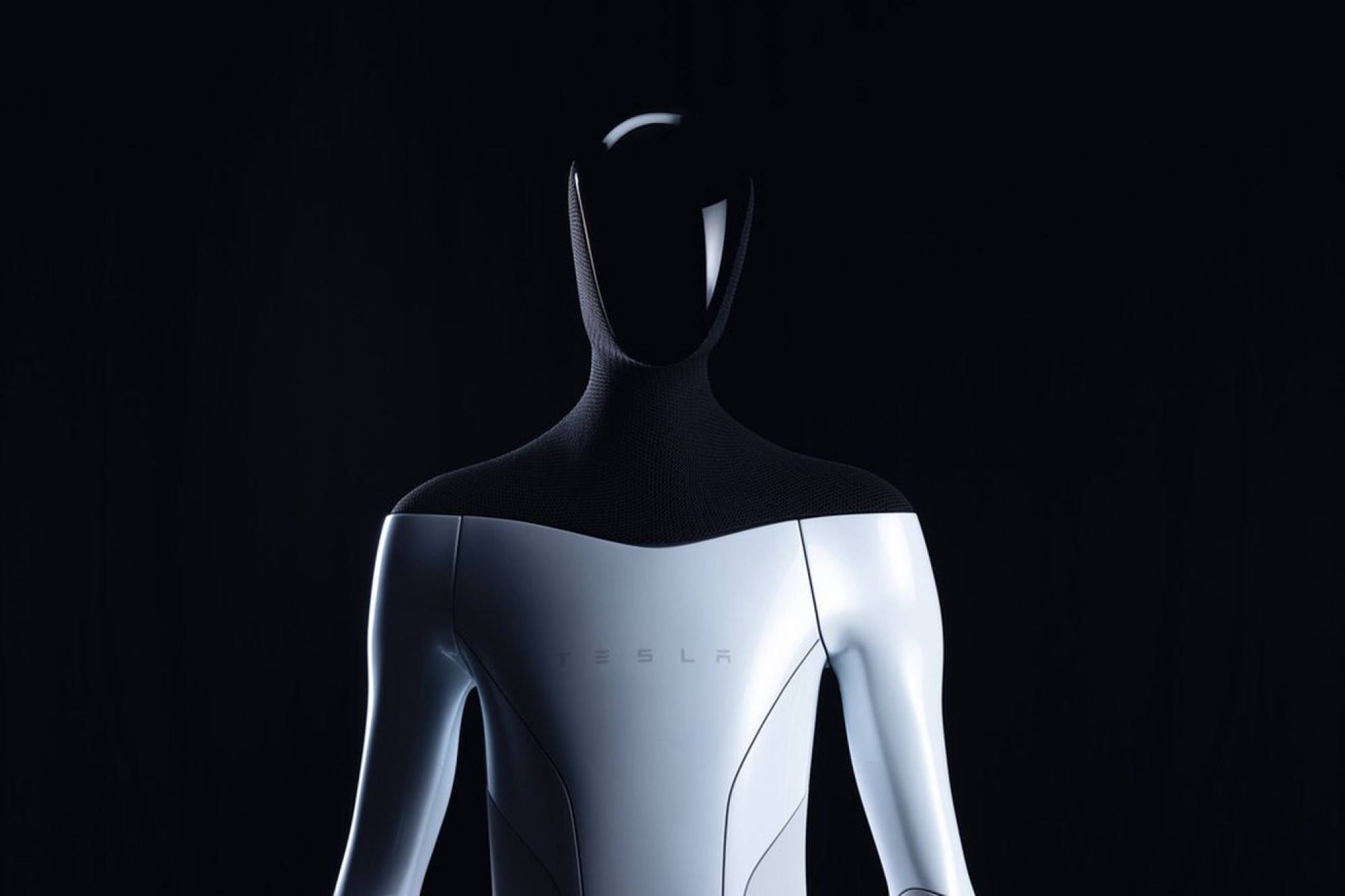
CEO Kentaro Yoshifuji had a real-life disability as a child that put him in hospital for a few crucial years during secondary school. Having missed out on classes and social interactions with his friends, he later developed a telepresence solution in a small, cute plastic robot so other people in a similar situation could counter the loneliness and isolation he’d experienced.
In providing a portable speech and vision link, with expression and humour delivered through a pair of remote-controlled plastic flippers, he built an avatar that could join in at a gathering of friends and family.
Today, OriHime robots are for sale, providing social portals for disabled people so they can attend a wide range of events such as graduation ceremonies, weddings, sports events, or even go on holiday – a group of friends virtually took a bedridden chum to Paris.
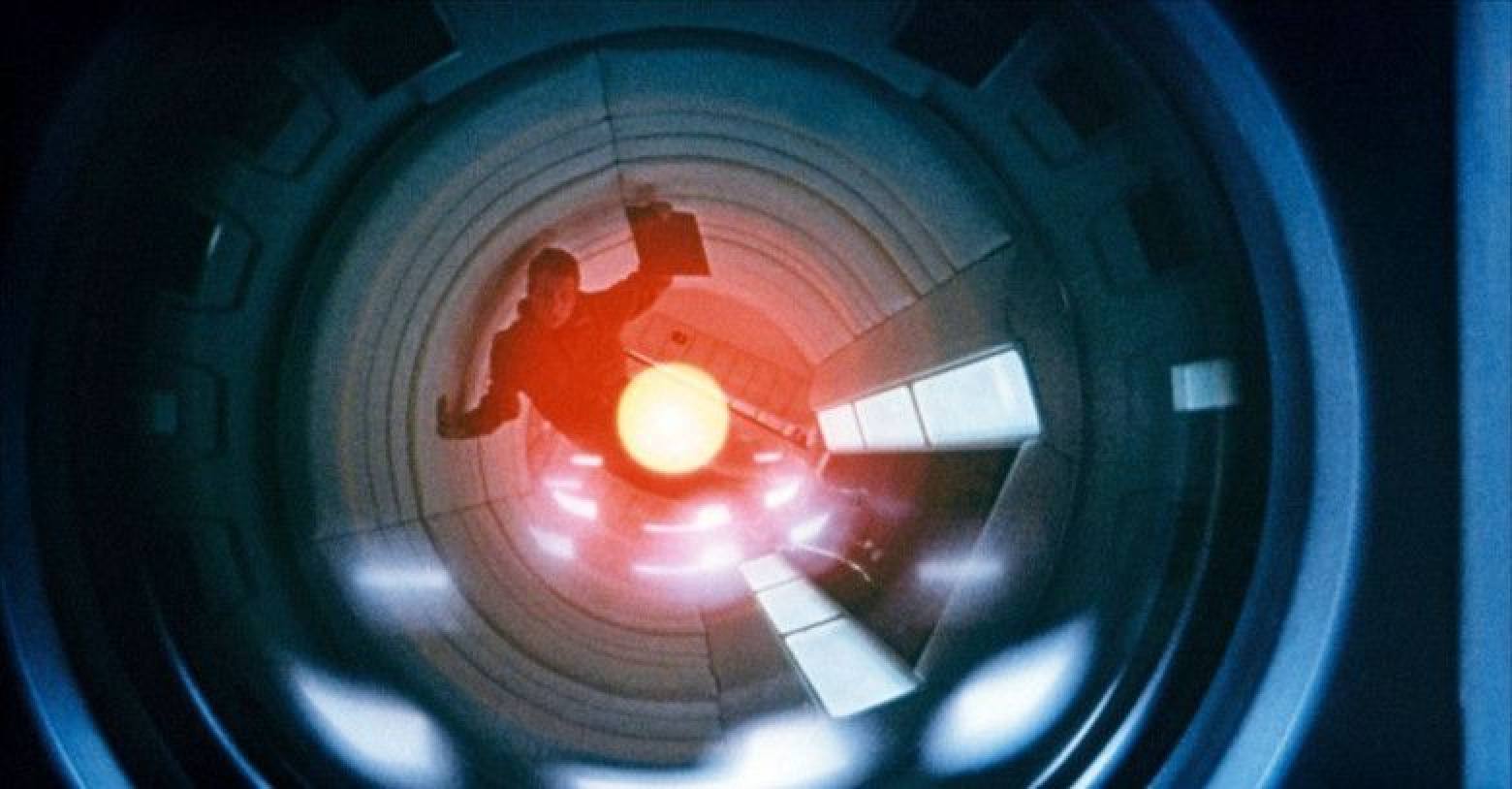
Crucially, since 2018, OryLab has provided avatar robots to Dawn, a coffee shop in Tokyo where the serving “staff” is piloted by employed disabled people working remotely from home. I think this is what’s behind the Tesla robot. But why make it humanoid?
Mobile telepresence already exists. You can visit trade shows and zip around virtually in a device that looks like an iPad mounted on a broom handle on a hoverboard, but it’s not something that would attract people to you for a chat. And you can’t fist-bump them.
OryLab’s range of robots display the Japanese love for the cutesy, looking something like Softbank’s flopped “Pepper” robot, but with goofy-looking flippers waving around, performing a tremendous service for mobility-impaired people in a social setting.

Until Tesla, electric concept cars were always goofy-looking things that were tucked away in the corner at motor shows. Musk picked up on this and realised that a key hurdle in making a successful electric car was to convince consumers it was something they’d want to drive, rather than something they’d feel embarrassed to be seen arriving at work in. His first car, the Roadster, was indeed designed and made by Lotus. The second, the Model S, was an in-house design that ended up looking something like a cross between an Aston Martin and a Maserati. Tesla’s technical expertise did the rest to produce machines that outstrip in terms of performance – but it was the looks that got us interested and turned them into bestsellers.
Japan’s message for China: a baby boom isn’t going to happen
Sorry Elon, I don’t believe you when you say that these robots will be developed just to do boring jobs. Quite the contrary, I sniff something very different and exciting: Tesla work-from-home avatar, a robot to walk the cobbled streets of Paris or along the shops of Ginza with you as the pilot. Or even to explore the moon or walk on Mars. I’d certainly rent one for that!
Answers: Star Trek; A Clockwork Orange; 2001: A Space Odyssey; Back To The Future Part II; Demolition Man.
Neil Newman is a thematic portfolio strategist focused on pan-Asian equity markets

